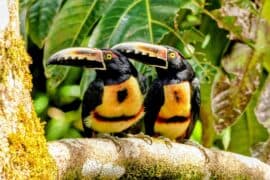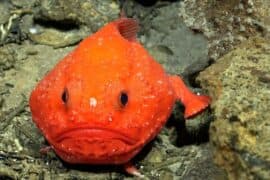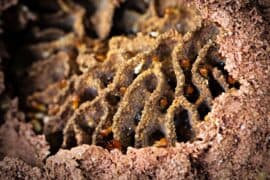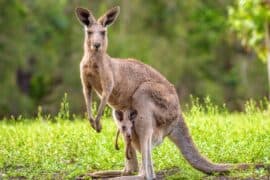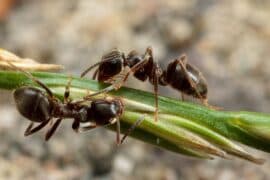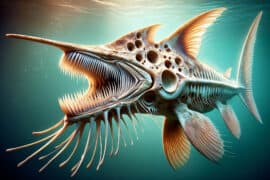Johnson's ladybird beetle
(Coccinella johnsoni)
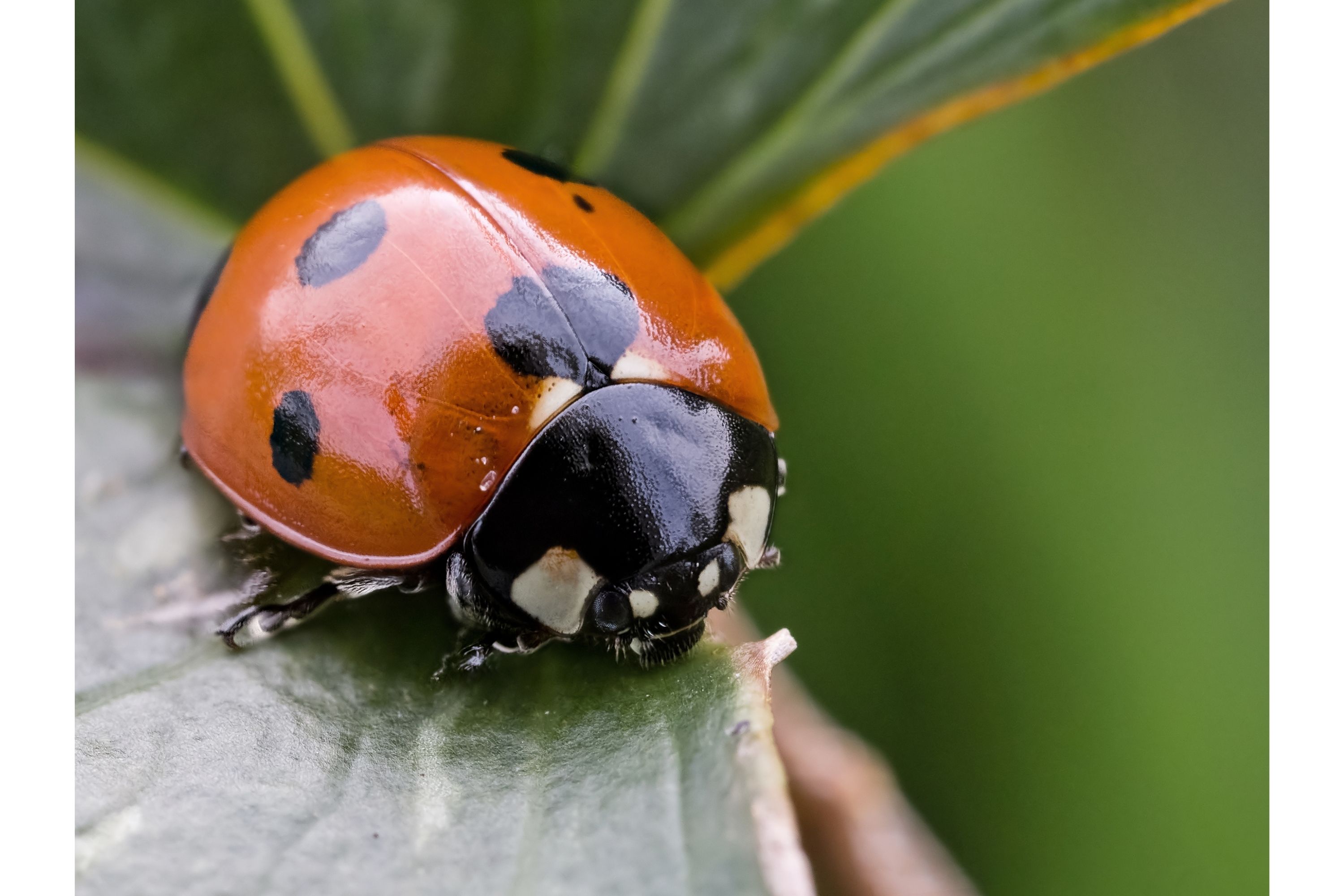
Description
Coccinella johnsoni, commonly known as Johnson's ladybird beetle, is a fascinating species of ladybird beetle that belongs to the family Coccinellidae. This small but vibrant insect has captured the attention of entomologists and nature enthusiasts alike due to its unique characteristics and intriguing behavior. In this article, we will delve into the world of Coccinella johnsoni, exploring its taxonomy, physical attributes, habitat, behavior, and significance in the ecosystem. Taxonomy and Classification Coccinella johnsoni falls under the Animalia kingdom, Arthropoda phylum, Insecta class, Coleoptera order, and Coccinellidae family. The species name "johnsoni" is derived from the renowned American entomologist, Martin H. Johnson, who extensively studied ladybird beetles. Physical Attributes Coccinella johnsoni is a small beetle, typically measuring around 5-7 millimeters in length. Like most ladybird beetles, it displays a characteristic hemispherical shape. The beetle's exoskeleton showcases an exquisite combination of colors, making it visually striking. The elytra (hardened forewings) are predominantly orange with ten black spots, which may vary in shape and size. The thorax and head are black, often adorned with intricate patterns. Habitat and Distribution Coccinella johnsoni is primarily found in North America, particularly in the central and western regions of the United States. It thrives in a diverse range of habitats, including forests, grasslands, gardens, and agricultural fields. These beetles have also been known to inhabit urban environments, showcasing their adaptability and resilience. Behavior and Life Cycle Coccinella johnsoni displays interesting behavioral patterns, especially when it comes to feeding habits. The primary diet of Johnson's ladybird beetle consists of aphids, scale insects, and other soft-bodied arthropods. It is known to be a voracious predator, consuming large numbers of these pests, which makes it a valuable ally in biological pest control. During the mating season, male Coccinella johnsoni beetles engage in territorial behaviors to attract females. After successful courtship, the female lays clusters of yellow eggs on the undersides of leaves, close to aphid-infested areas. The eggs hatch into larvae, which undergo several molts before reaching adulthood. The larvae, commonly known as ladybird larvae, also contribute significantly to biological pest control by consuming aphids and other prey. Significance in the Ecosystem Coccinella johnsoni plays a crucial role in maintaining the balance of ecosystems where it resides. By feeding on aphids and other pests, it helps control their populations, preventing infestations that can damage crops and plants. This natural form of pest control reduces the reliance on chemical pesticides, making Coccinella johnsoni an environmentally friendly ally in agriculture and horticulture. Furthermore, ladybird beetles, including Coccinella johnsoni, serve as indicators of ecosystem health. Their presence or absence can provide valuable insights into the overall well-being of an ecosystem. Therefore, studying and conserving these beetles is essential for understanding and preserving biodiversity. Conservation and Threats While Coccinella johnsoni is not currently listed as a threatened species, it faces certain challenges that can impact its populations. Habitat loss, caused by urbanization, intensive agriculture, and land development, poses a significant threat to the beetle's survival. Additionally, the widespread use of pesticides in agricultural practices can harm ladybird beetles indirectly by reducing the availability of their prey. To ensure the long-term conservation of Coccinella johnsoni and other ladybird beetles, it is crucial to implement conservation measures. These measures may include preserving natural habitats, promoting organic farming practices, and minimizing the use of chemical pesticides. Additionally, raising awareness about the importance of ladybird beetles and their role in maintaining ecological balance can encourage public support for their conservation. Researchers and scientists are actively studying Coccinella johnsoni to gain a deeper understanding of its biology, behavior, and interactions within ecosystems. This knowledge is essential for developing effective conservation strategies and mitigating potential threats to the species. Conclusion Coccinella johnsoni, or Johnson's ladybird beetle, is a remarkable insect species that contributes significantly to the natural pest control of aphids and other soft-bodied arthropods. Its vibrant colors, unique physical attributes, and intriguing behaviors make it a subject of interest for plant experts, entomologists, and nature enthusiasts alike. By studying and conserving Coccinella johnsoni, we can ensure the preservation of its valuable ecological services and maintain the delicate balance of our ecosystems.
Taxonomic tree:

